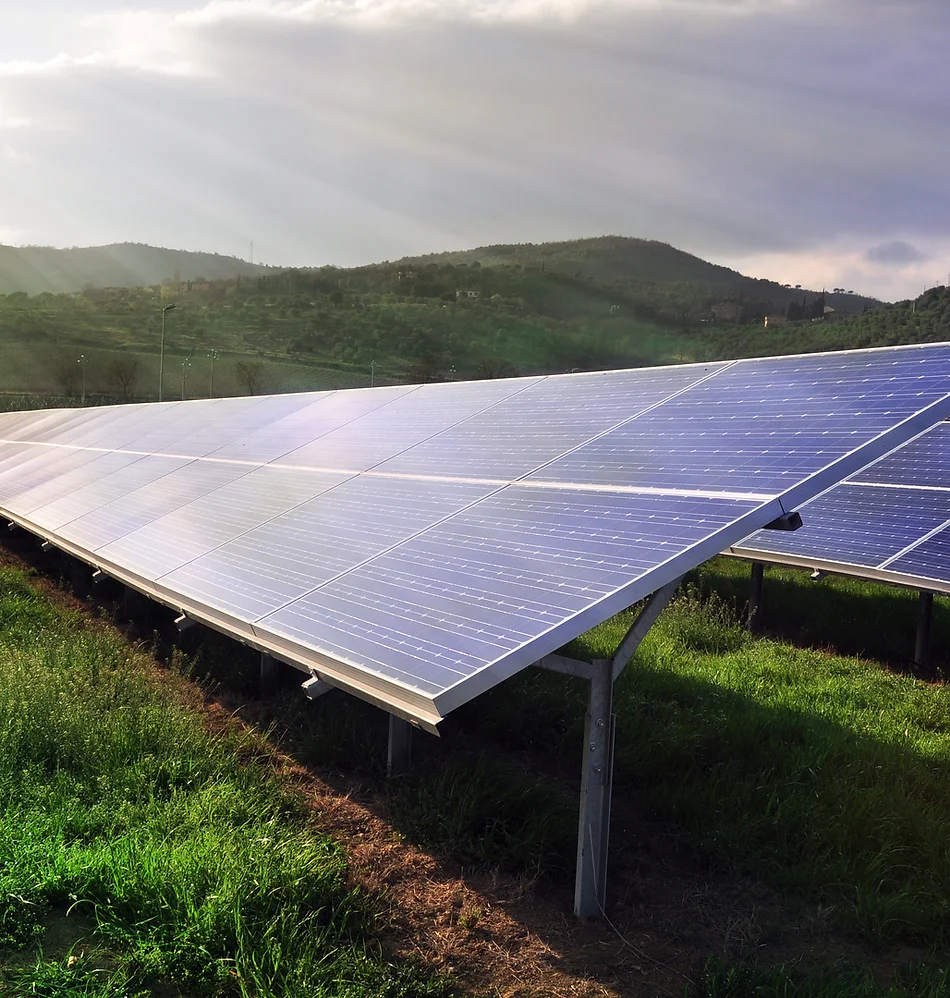In the scenic Four Corners region of Colorado, a groundbreaking solar initiative, known as Sun Bear, is unfolding across the Ute Mountain Ute Tribe’s vast acres. Imagine the vast expanse of over 5,500 acres speckled with an astounding two million solar panels. The Canigou Group, at the helm of this ambitious venture, is leveraging its extensive global experience in renewable energy to deliver a holistic solution, eyeing a peak power generation of 975 MW with a substantial investment pegged at around $1.5 billion. As details of the battery storage component remain under wraps, one can only speculate on the innovative solutions that will emerge.
Why Sun Bear Chose Southwest Colorado
The strategic selection of the Colorado site for Sun Bear was not coincidental. The Canigou Group expertly points out the trifecta of benefits the location offers: a sky free from obstructions maximizing sunlight capture, high solar irradiance promising consistent energy supply, and minimal seasonal output fluctuation, guaranteeing reliable energy production year-round. Moreover, the close-knit confluence of transmission systems in the area simplifies the integration of Sun Bear into the power grid without the need for additional costly infrastructure.
The question looms of who will be the beneficiaries of the impressive Sun Bear output. Canigou remains tactful, balancing local energy demands with the potential to serve a broader spectrum beyond Colorado borders. Meanwhile, the Ute Mountain Ute Tribe eyes a prosperous future enriched by the solar venture’s revenue stream, opening a gateway to enhanced community programs, job creation, and educational prospects.
Sun Bear’s Commitment to Community Prosperity
The project promises an economic boom for the Ute Mountain Ute Tribe, with hundreds, potentially thousands, of job opportunities during Sun Bear’s construction. The project’s horizon stretches to 2024 for commencement and 2026 for operational launch, stoking enthusiasm among local leaders like Ute Mountain Ute chairman Manuel Heart, who envisions the project as a cornerstone for the tribe’s future and a departure from their fossil fuel legacy.
With RICK Engineering‘s expertise in 3D conceptual planning, the Sun Bear project has been presented dynamically to local leaders, offering the community an immersive preview of the future landscape. Such proactive engagement has proven central to the project’s progress and acceptance within the community.
Strengthening Ties through Renewable Energy
The collaboration with RICK Engineering has emerged as a testament to the power of community engagement and technical prowess. Mike While and Jared Gorby of RICK share their ardor in contributing to the project’s success and the broader renewable market, underlining the significant, positive transformation anticipated for the tribe and their reduced reliance on non-sustainable energy sources.
With an operational lifespan projected at 35 years, Sun Bear is poised to effect meaningful environmental change—tempering nearly 1.5 million tons of CO2 emissions annually. The Canigou Group’s partnership with the Ute Mountain Ute Tribe is not merely a business engagement but also a shared commitment to clean energy, echoing respect for tradition and ecological insight.
The Revolutionary Impact of Sun Bear
As a beacon of collaboration, Sun Bear delineates a path where the confluence of disparate entities gives rise to a sustainable and community-centric energy solution. The projected energy output has the potential to power a quarter-million homes, revolutionizing the local energy landscape. Sun Bear emerges as a paradigm of solar development executed with ecological and social responsibility—an olive branch between the past and future where the region’s natural and communal habitats receive due regard, epitomizing the potential for a sustainable, low-carbon tomorrow.
